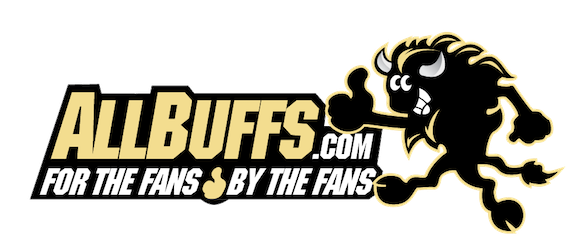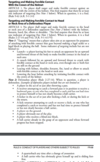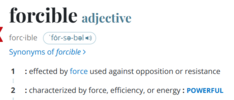I’m sorry, defenseless rusher? The QB is running and diving forward to get a first down. He’s not sliding and protecting himself, at which point he woukd be marked well behind the first down line. A player can’t use the rule as a bludgeon to ensure they can get a first down, that’s expressly against the nature of the sport. The point of the rule is player safety, and the player being protected should not be rewarded for diving head first to gain a competative advantage because he knows he’ll be protected by a player-safety rule. That defies the pont of the rule! It becomes a perverse incentive for an offensive player to lead with his head when near a first down, while seemingly requiring defensive players to simply give up the first down yardage in order to protect the player who is choosing not to protect himself.
I completely agree with the “defenseless player” application of the rule, and the Jackson hit should be called. But, the Landman application - especially at the actual speed of the play - gives an unintended, peverse benefit to the offense for choosing to act unsafely and lead with the head - to gain a competative advantage.
This game is about gaining yardage by physical force. A player can’t engage to gain a foot of yardage and then pull some school-yard bull****, Oh! You can’t touch me!!! I win!!!
That call was a bridge WAY too far.
You should watch the play again. He was going down and crouched on his knees when Landman’s helmet hit Minshew’s helmet. It wasn’t intentional but is what happened.
The rule is very clear. It was a good call per the rule.
You seem to disagree with the rule. That is not the matter. The rule exists regardless of your opinion of it. The players and officials must abide by it.




